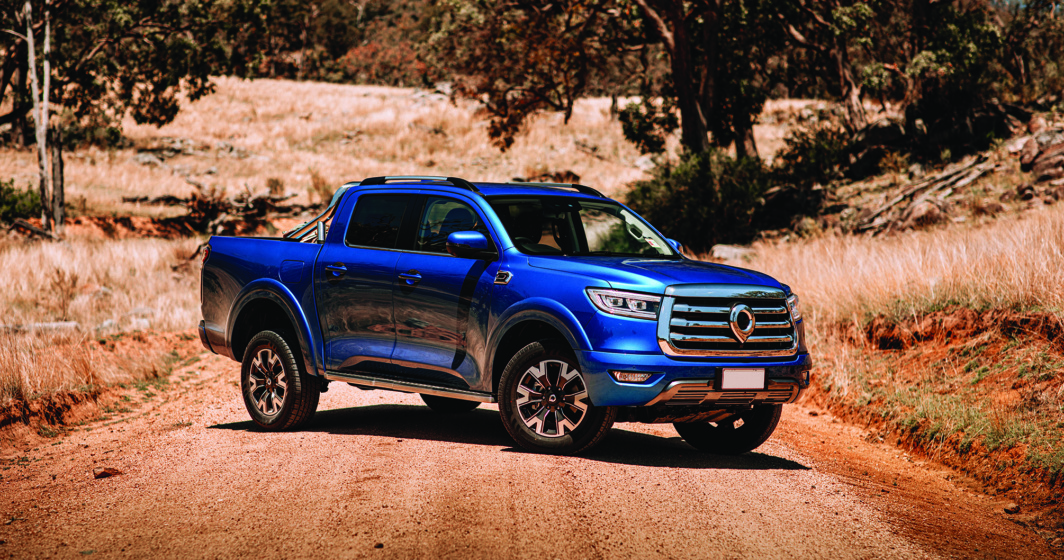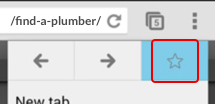If you’re shopping for a new workhorse dual-cab ute with four doors, five seats and not too many frills, the good news is that there are several budget options to choose from. And to keep prices down, these cheapies come in two-wheel drive (4x2) rather than four-wheel drive (4x4) configuration and offer a sub-3000kg towing capacity. Byron Mathioudakis reports on the three cheapest.
Australia loves big, brash dual-cab utes like the Ford Ranger Wildtrak, boasting plenty of power, lots of accessories and loads of attitude.
But, all too often, budget constraints mean having to make choices from the head, rather than the heart. So, here’s the low down on the three cheapest new dual-cab 4×2 auto utes in Australia for the savvy buyer.
The Contenders as driven:
GWM Cannon Ute auto
from $34,990 before on-road costs: by far the cheapest
Toyota HiLux Workmate Double Cab Pick-up 2.7L auto
from $37,730 before ORC: the bestseller
Isuzu D-Max SX Crew Cab Ute 1.9 Hi Ride auto
from $42,200 before ORC: the best value

GWM Cannon Ute from $34,990
Starting from just $34,990 before on-road costs, it’s impossible to ignore the GWM (Great Wall Motors) Cannon Ute out of China.
Released in Australia in 2020, it hit the market running as a value-packed alternative to the Ford Ranger and Toyota HiLux dual-cab equivalents.
Costing substantially less than either of our bestsellers, it has garnered a strong following due to modern styling, spacious packaging, an appealing interior presentation, generous equipment levels, advanced technical specification, a five-star ANCAP crash-test rating and long warranty.
Even the base Cannon comes with features that you’ll need to go much further up the ranges of other dual-cab utes to match, including LED headlights, keyless entry/start, blind-spot monitor, adaptive cruise control and alloy wheels (the only ute here with them).
Plus, with crowd-pleasing kit like Apple CarPlay/Android Auto, a reverse camera, easy-clean leather-like seats (vinyl if you’re over a certain age) and autonomous emergency braking (AEB) with pedestrian and bicycle detection, the GWM’s party trick is that - unlike the other utes here - it doesn’t seem as if you’ve shopped in the bargain basement.
In fact, for the price of Australia’s next-cheapest high-riding dual-cab ute - the Isuzu D-Max SX - prospective buyers could instead step right up to the Cannon-X 4×4 with heaps more luxury and convenience items. In 2023, over 95 per cent of buyers actually did just that.
So, what’s the catch?
The GWM’s performance is sufficient enough once on the move, but initial acceleration suffers from slow and laggy throttle response. The steering is light but falls short on precision and feel at speed. The suspension can become bouncy and jittery. The driver-assist safety features like the blind-spot and lane-keep systems are far too sensitive and intrusive, highlighting insufficient Australian-road tuning.
And the touchscreen system can be infuriatingly fiddly to use.
So, while the attractive Cannon Ute’s ultra-low pricing and high specification are huge drawcards, it lacks the performance, refinement, comfort and dynamics of the better competition out there. In other words, you get what you pay for.


Toyota HiLux Workmate Double Cab Pick-up auto from $37,730
Dating back to 2015, the current-generation HiLux is now in its twilight years, but still absolutely dominates the 4×2 ute market.
Toyota is alone in offering a low-riding dual-cab body, meaning smaller wheels and a meagre ground clearance, but easier access to the load area. If you want to match the height of the others here, you’ll need to spend $44,820 for the Hi-Rider diesel.
Diesel? That’s right. At nearly $38,000, the base Workmate Double
Cab that is currently the second-cheapest ute of its type available in Australia is actually powered by a naturally-aspirated petrol engine, meaning it is limited in torque and towing capacity.
That said, pile on the revs, and the 2.7-litre four-pot heart does come into its own, providing a decent level of speed that’s both smoother and quieter in delivery than many diesels.
Those 5am starts won’t bother your neighbours as much. On the flipside,fuel consumption will also be correspondingly higher.
While missing the handling agility and steering feedback of a Ranger, the HiLux is an easy and relaxing ute to manoeuvre around town and in tight places. However, while nicely controlled, the suspension can be too firm.
Where the Thai-made Toyota shows its age most in the cars compared for this review is inside; from the relative narrowness of the cabin, to the old-fashioned look of the dashboard. It’s all nicely put together, the front seats are surprisingly comfy, and (the smallish) central touchscreen includes a rear camera and Apple CarPlay/Android Apple connectivity nowadays, but both the GWM and Isuzu are significantly wider and roomier front and back.
Another downside is its pesky six-monthly service intervals, which are half that of most of its other rivals.
Still, as the thousands of ancient high-mileage examples still in service prove, the HiLux is a sound investment, promising ease, reliability, durability and strong resale.
For many people seeking a 4×2 dual-cab with five seats and a low load area for easy access, there is no other ute quite like it.


Isuzu D-Max SX Crew Cab Ute 1.9L Hi Ride auto from $42,200
It may come as a surprise to some that the Isuzu D-Max is actually the second bestselling 4×2 ute in Australia after the HiLux, meaning it’s ahead of the Ranger.
With good reason too. Big, handsome proportions, a spacious interior, plenty of safety equipment - indeed, the sixth-generation Isuzu ute (along with its popular Mazda BT-50 twin) were leaders in standardising key driver-assist safety systems back in 2020 - and a hard-won reputation for ruggedness make this Thai-made contender an enduring favourite.
The D-Max’s interior packaging and presentation ably walk the fine line between car-like comfort and no-nonsense practicality - from the stylish dash design and layout to supportive seating and thoughtful ergonomics that helps ensure most users will find it all intuitive to operate. All the important stuff is included.
Even the Isuzu’s 1.9-litre four-pot turbo-diesel isn’t the letdown its comparatively small capacity suggests. While some extra throttle is required to produce its best performance, the engine is fairly smooth and quite eager on the move. Except when towing something substantial like a heavy trailer, most drivers will struggle to pick it apart from the stronger but more-expensive 3.0-litre alternative.
And another bonus is relatively low fuel consumption.
In this company, the high-riding Isuzu is also the most pleasant from behind the wheel. The steering is not sharpest, with a somewhat vague on-centre feel, but it is light and direct. Similarly, while nobody would actually call the suspension plush, it is the smoothest of the trio.
Finally, as with the others here, there isn’t much to the load area other than a few tie hooks and a weighty tailgate for an impromptu workout, but there is always the vast accessories catalogue that owners can raid to dress their truck up.
Of course, the D-Max is substantially more expensive than the Cannon, but it does also bring over half-a- century’s experience to the table, in a properly modern, chunky-looking and fine-driving dual-cab ute.
The Isuzu’s popularity is understandable - and well-deserved.

Share this Article






